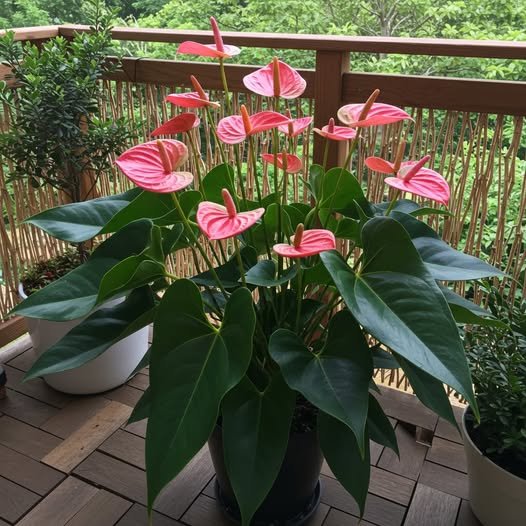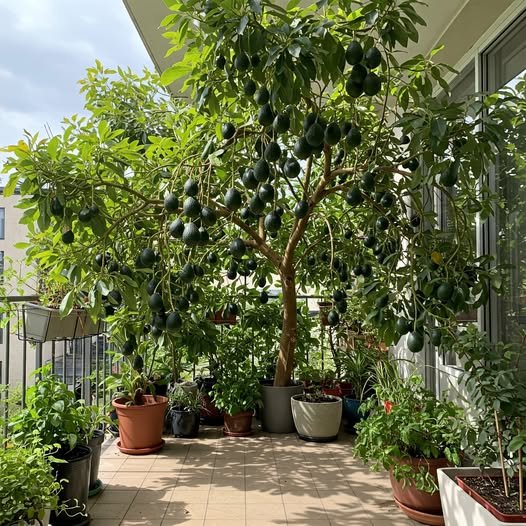Anthurium, also known as the “flamingo flower” or “laceleaf,” is a beautiful and resilient plant often sought after for its striking, waxy flowers. However, many people face the challenge of seeing their anthuriums stop flowering after a while, with the plant focusing only on its leaves. If you’re someone who has experienced this frustration, don’t worry! With a few tips and proper care, you can revive your anthurium and get it blooming again.
1. Light Requirements
First and foremost, it’s essential to understand that anthuriums thrive in environments with indirect light. These plants prefer partially shaded areas, which mimic their native tropical habitat. While anthuriums can tolerate some direct sunlight, it should only be in the early morning or late afternoon hours. Prolonged exposure to harsh midday sun can burn the leaves, preventing the plant from producing flowers and stunting its growth. Therefore, ensure your anthurium is placed in an area where it receives bright but indirect light.
2. Watering Routine
Watering is another crucial aspect of keeping your anthurium healthy and vibrant. These plants prefer a consistent watering schedule, but they do not like their roots to be waterlogged. The soil should remain slightly moist, but not soaking wet. To check if it’s time to water, stick your finger into the soil. If it feels dry, it’s time to water. If the soil feels damp, wait another day. This consistency ensures that the plant gets the right amount of water it needs to thrive without risking root rot.
3. Fertilization for Blooms
One of the most important factors for encouraging your anthurium to bloom is providing it with the right nutrients. Fertilizing the plant regularly is crucial for promoting both healthy growth and flower production. A simple and effective fertilizing technique involves a mixture of bone meal (or bone meal powder) and charcoal.
For this mixture, you will need:
- 1 liter of water (preferably without chlorine)
- 1 tablespoon of bone meal (calcined bone meal is ideal)
- 1 tablespoon of finely ground charcoal (the type used for grilling, but not the charred pieces from a barbecue grill)
Add the bone meal and charcoal into the water and stir the mixture thoroughly. This concoction is rich in essential nutrients such as nitrogen, calcium, carbon, phosphorus, and potassium. These micronutrients help enhance the overall health of your anthurium, promote new leaf growth, and encourage beautiful, long-lasting flowers.
Once your mixture is ready, apply it generously around the base of your anthurium plant, ensuring it is well soaked into the soil. You don’t have to worry about over-watering at this stage, as the nutrients are being absorbed directly into the soil. This nutrient-rich mix will stimulate the plant, making it stronger and more capable of producing flowers.
4. How Often to Fertilize
To achieve the best results, it’s recommended to apply this fertilizer every seven days. Regular applications will provide the plant with the steady supply of nutrients it needs to thrive, ultimately resulting in a beautiful, flower-filled anthurium. After just a few weeks of consistent care, you should start to notice new leaf growth and budding flowers. If you’re looking for long-term results, consider continuing this process regularly.
5. Additional Tips for Growing a Thriving Anthurium
In addition to proper fertilization and watering, there are a few other key care tips to keep in mind for healthy anthurium growth:
- Humidity: Anthuriums thrive in humid environments, so if you live in a dry climate, you may want to consider increasing humidity around your plant. This can be done by placing a humidifier nearby or setting the plant on a water-filled tray with pebbles to increase moisture around it.
- Soil Quality: Ensure that your anthurium is planted in well-draining soil. While the plant enjoys moisture, it’s important that the water doesn’t sit stagnant around the roots. A pot with drainage holes is essential for preventing root rot.
- Temperature: Anthuriums thrive in warm temperatures. They prefer environments between 65°F and 80°F (18°C and 27°C). Avoid placing your anthurium in cold, drafty areas or near air conditioners and heaters.
Conclusion
With the right care and attention, you can have a stunning anthurium that produces vibrant flowers all year round. Keep in mind the importance of providing adequate light, a consistent watering schedule, and regular fertilization with nutrient-rich solutions like the bone meal and charcoal mixture. By following these steps, your anthurium will thrive and become a breathtaking addition to your home or garden.
Remember, patience is key. With a bit of time and care, you’ll soon see your anthurium flourishing, just as it was meant to.



